
The darling of the Triangle is back. To say we are elated to see Risasi again — with both her sons — is an understatement. It is always a joy watching this particular cheetah, there is something captivating about her when you're in her presence. She is ever so alert, keeping a watchful eye out for both a potential meal and lurking adversaries. Her boys are about 11 months old now and soon they will become independent at around two years of age.

And what a comeback it is! We got to witness her at full speed after her preferred food, the Thomson's gazelle. In a flash, she raced past a warthog — a formidable meal — that didn’t seem to notice what had just buzzed right past his eyes. Big adult warthogs are as mean as they look, too strong and aggressive for a lightweight like Risasi.
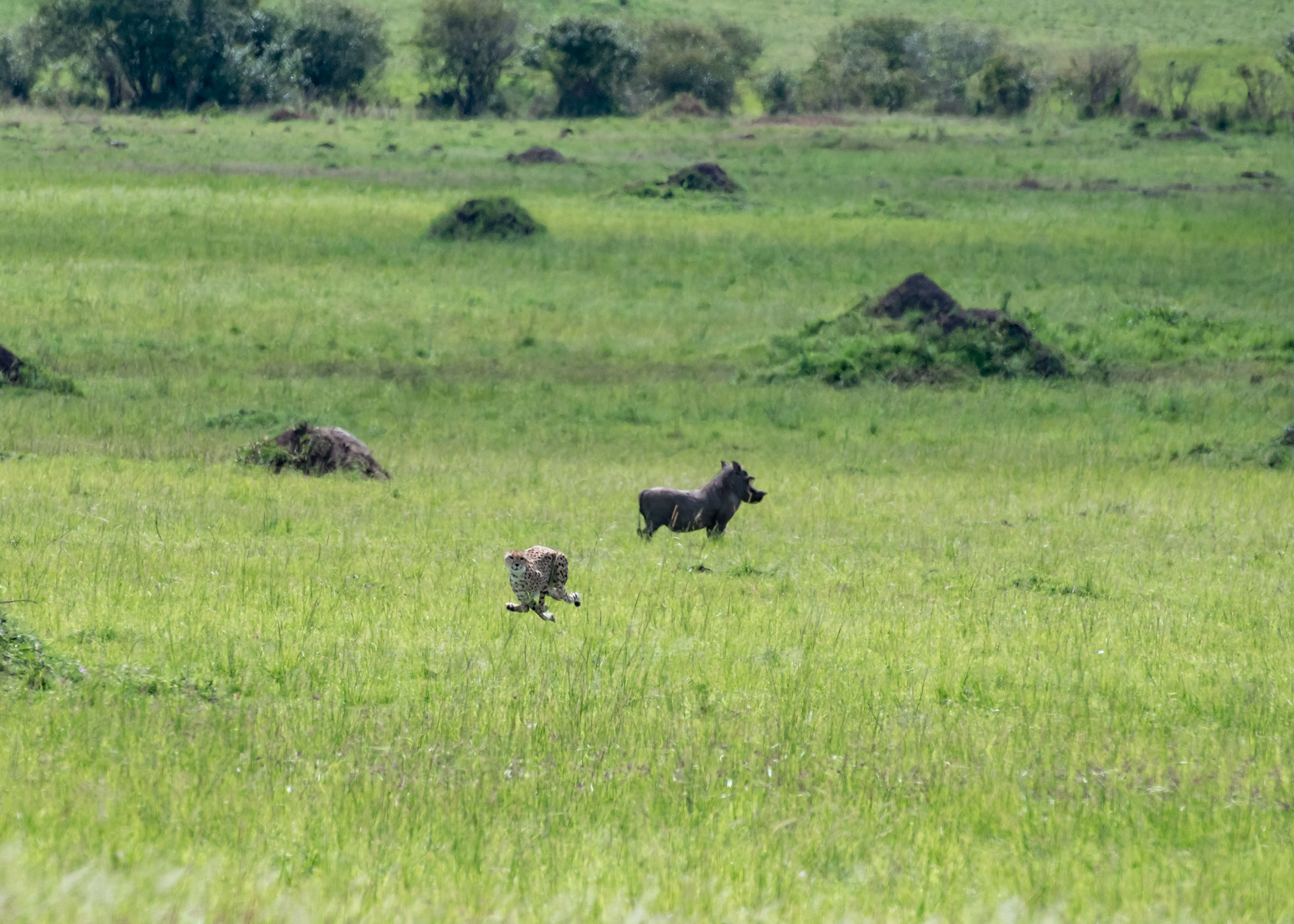
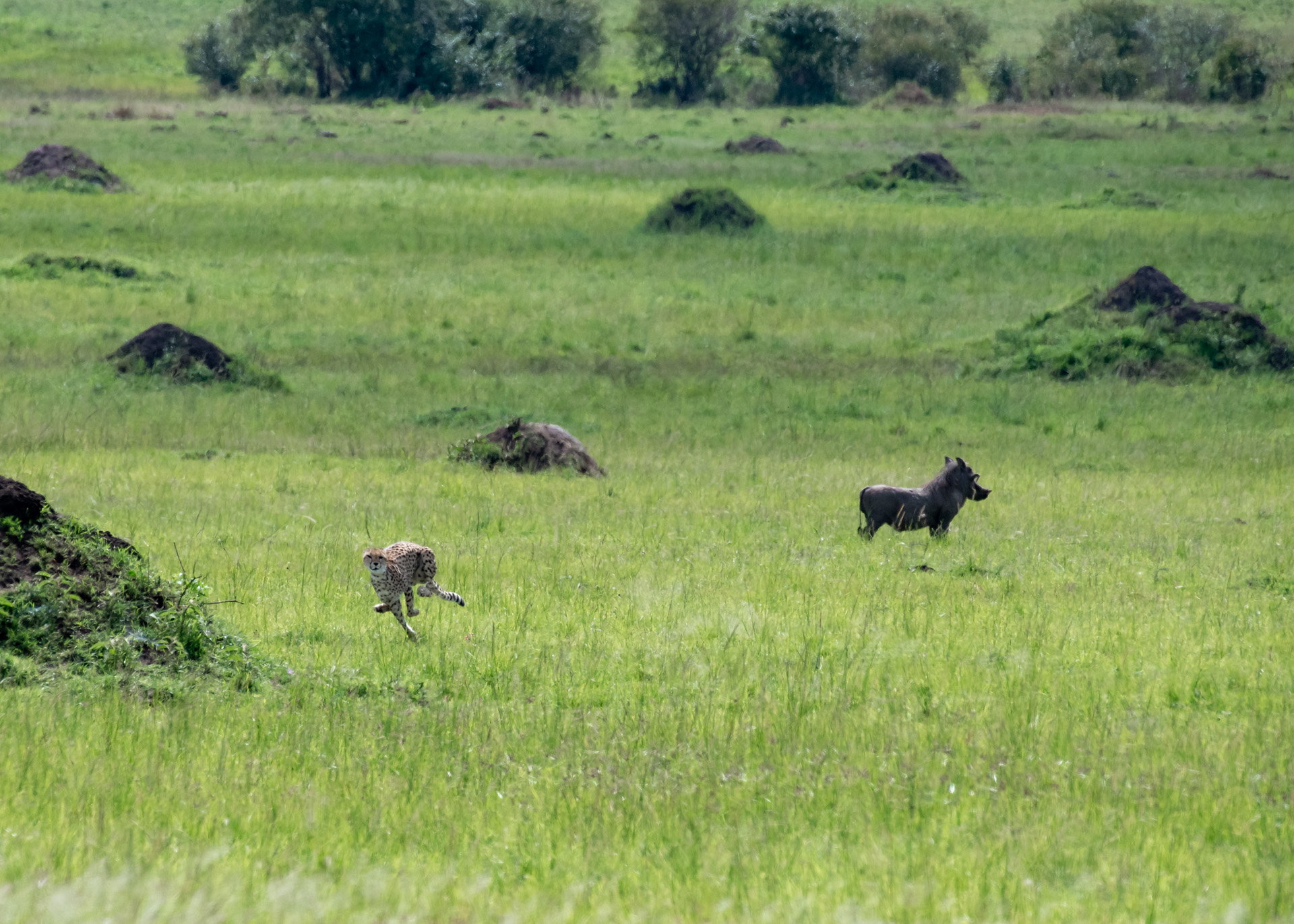
Miraculously, this particular female Thommy was able to get away from the striking bullet, but just as quickly, her focus shifted to another target, a male Thommy. She was not to be outrun a second time and within seconds had her prize. Cheetahs hunt out in the open in clear view of potential bullies and scavengers, so mothers like Risasi allow their cubs to feed first as she keeps watch.
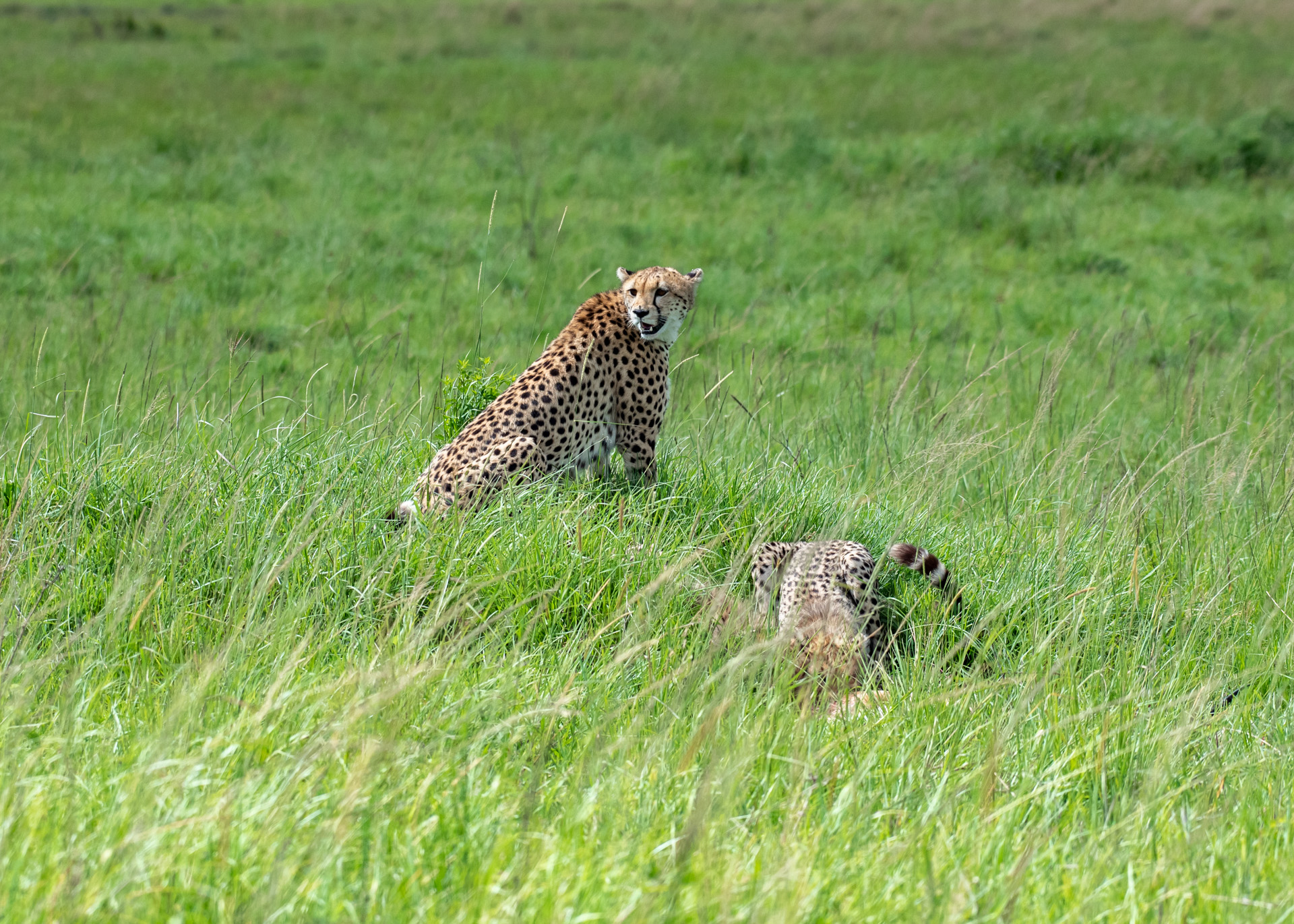
The Nyati Six boys are getting bigger and bolder but sadly, these boys are down to five after one of them died due to fatal injuries. The injuries occurred after a scuffle with the Inselberg males that left one of them dead as well. Born to two litters to the Sausage Tree pride towards the end of 2018, we think them to be about four-and-a-half years old now. As they develop their own character and different physical attributes, we will try to identify them separately to understand them better and we might give them individual names. Stay tuned.

One of Angama's guides, Titus, was lucky to find them on the move in his direction and he captured some good facial photos of four of the five boys. Each individual lion is identifiable from the unique whisker spots found on each side of the face which remain unchanged throughout a lion's life. Other characteristics such as ear tears or notches, facial shapes and scars are useful, too.
We can now clearly make out these four of the five Nyati males. One of the males has quite the curly mane with a roundish facial shape, another has a nice mohawk with a mane that does not cover his ears all around and he has a little mark above his right eye. The third has some notable marks above his nose and a little dot in his left eye while the fourth has a very distinguished tear mark down his right eye and good notches on his ears.

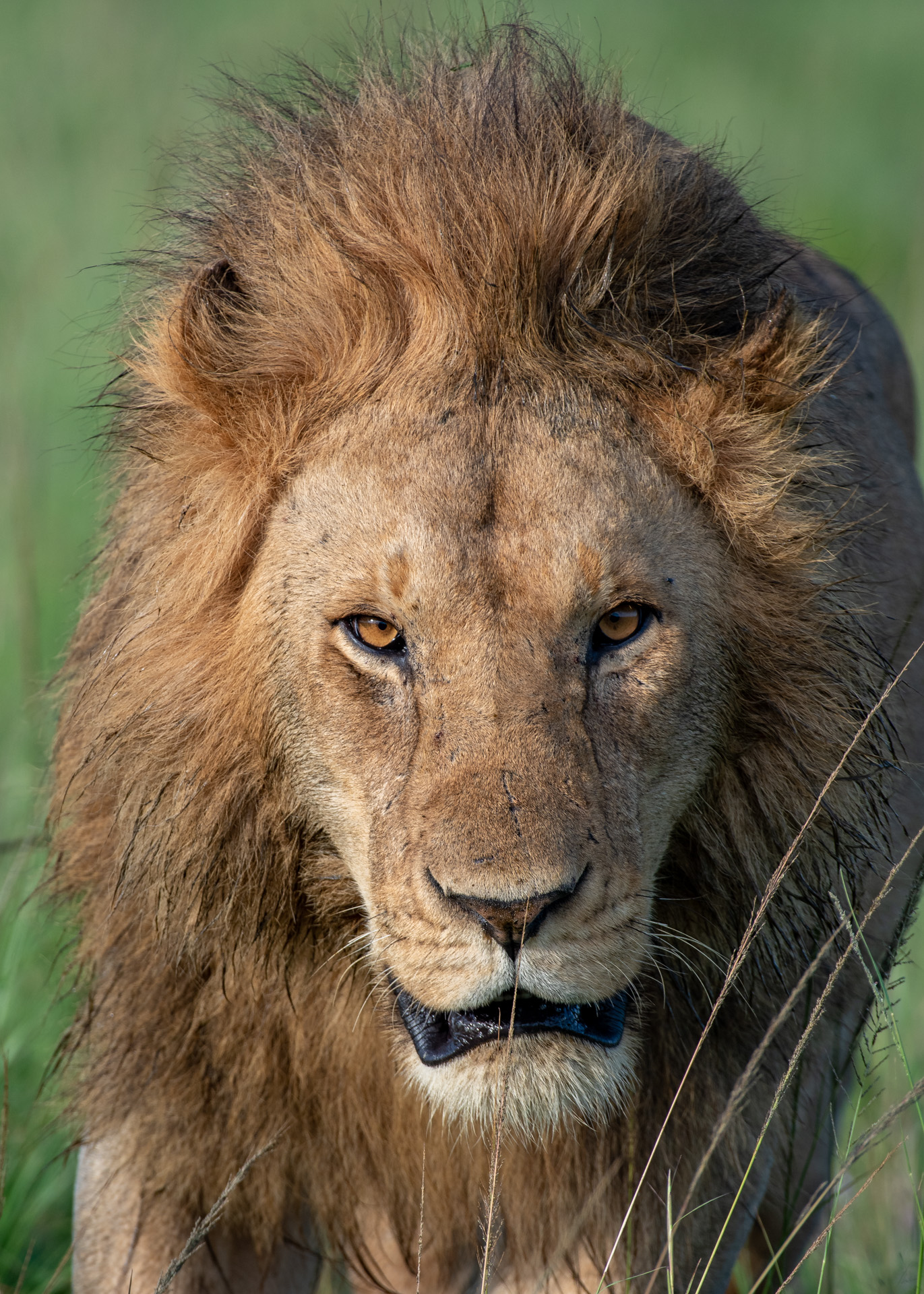
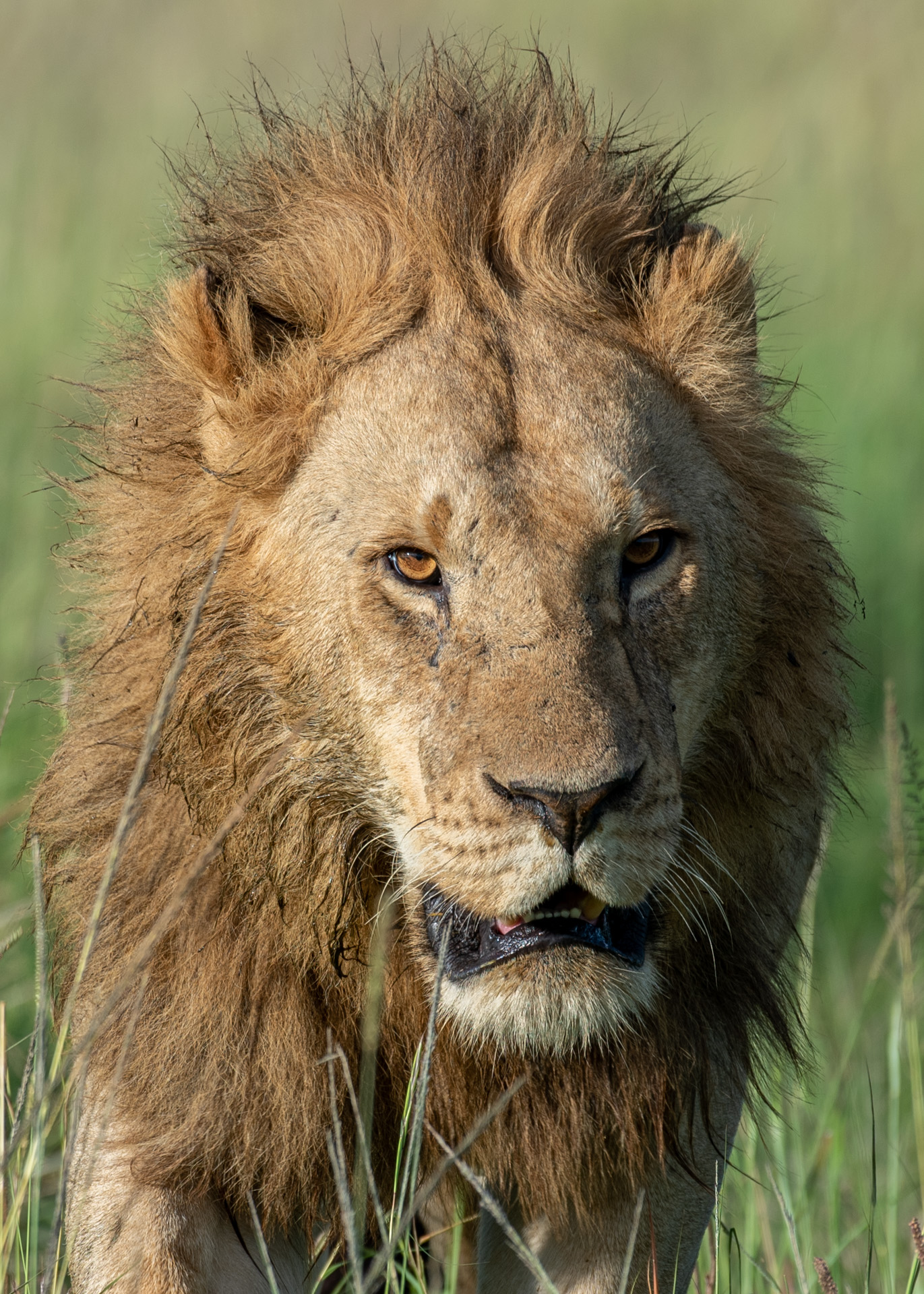

The Triangle always seems to have some surprising characters making appearances after months or even years. This very old male leopard had me digging deep into our archives and I was able to identify his last seen date which was in November of 2021. He is quite shy and aggressive, and no one seems to know who he is or where he comes from. He looks like he's seen better days.
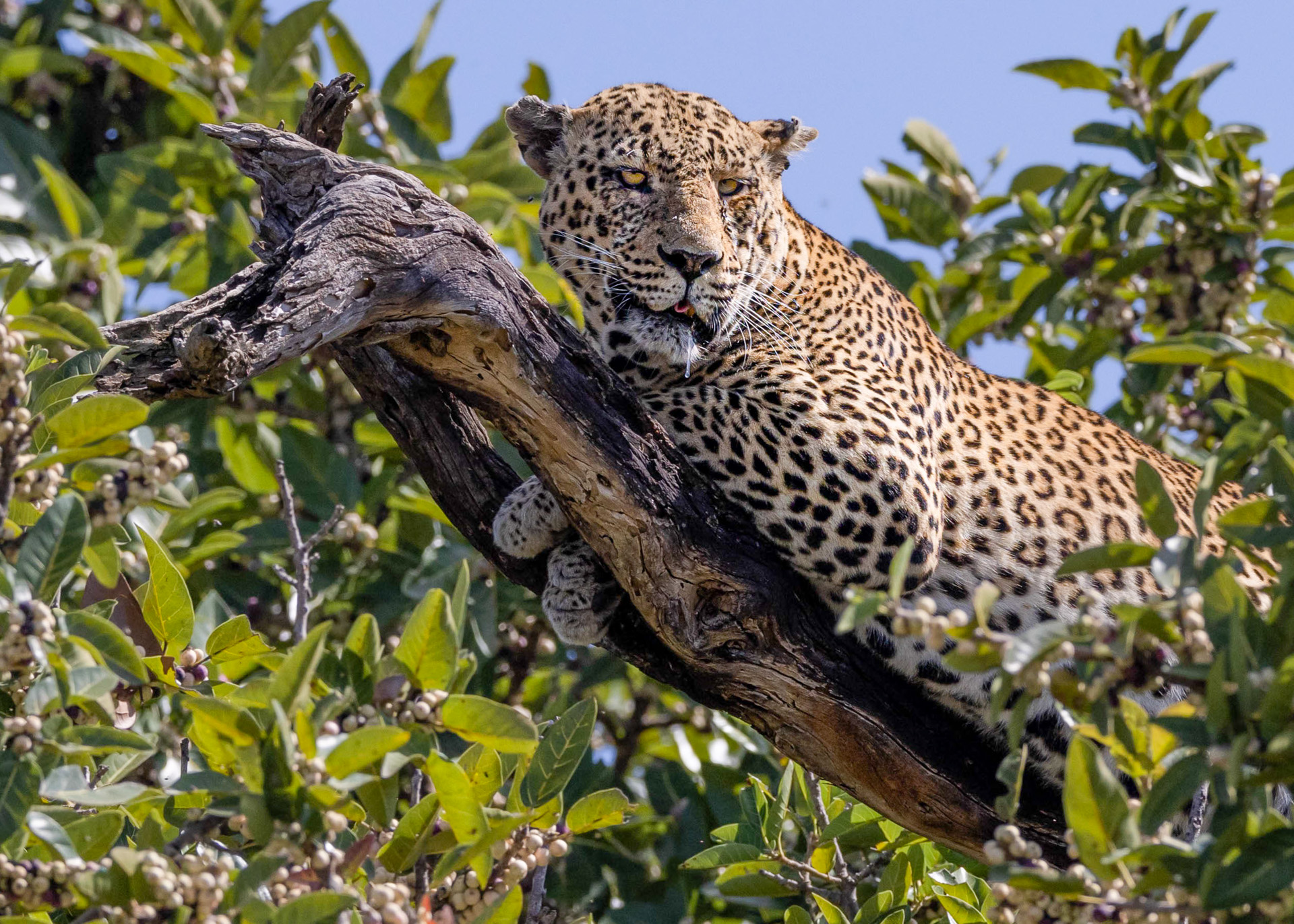
Rhino sightings are always cherished — this is Nedama with her three-month-old daughter Namunyak. Calves usually remain with their mothers for two to three years until the next calf is born, though female calves may stay with their mothers longer than three years.

An infant elephant is generally small enough to walk just under the belly of a large adult female. Communication is key in elephants and sense of touch is one way that they purposely use their trunk, — along with ears, tusks, feet — and tails to swat another with force or to gently check for the presence of a calf as in this photo.

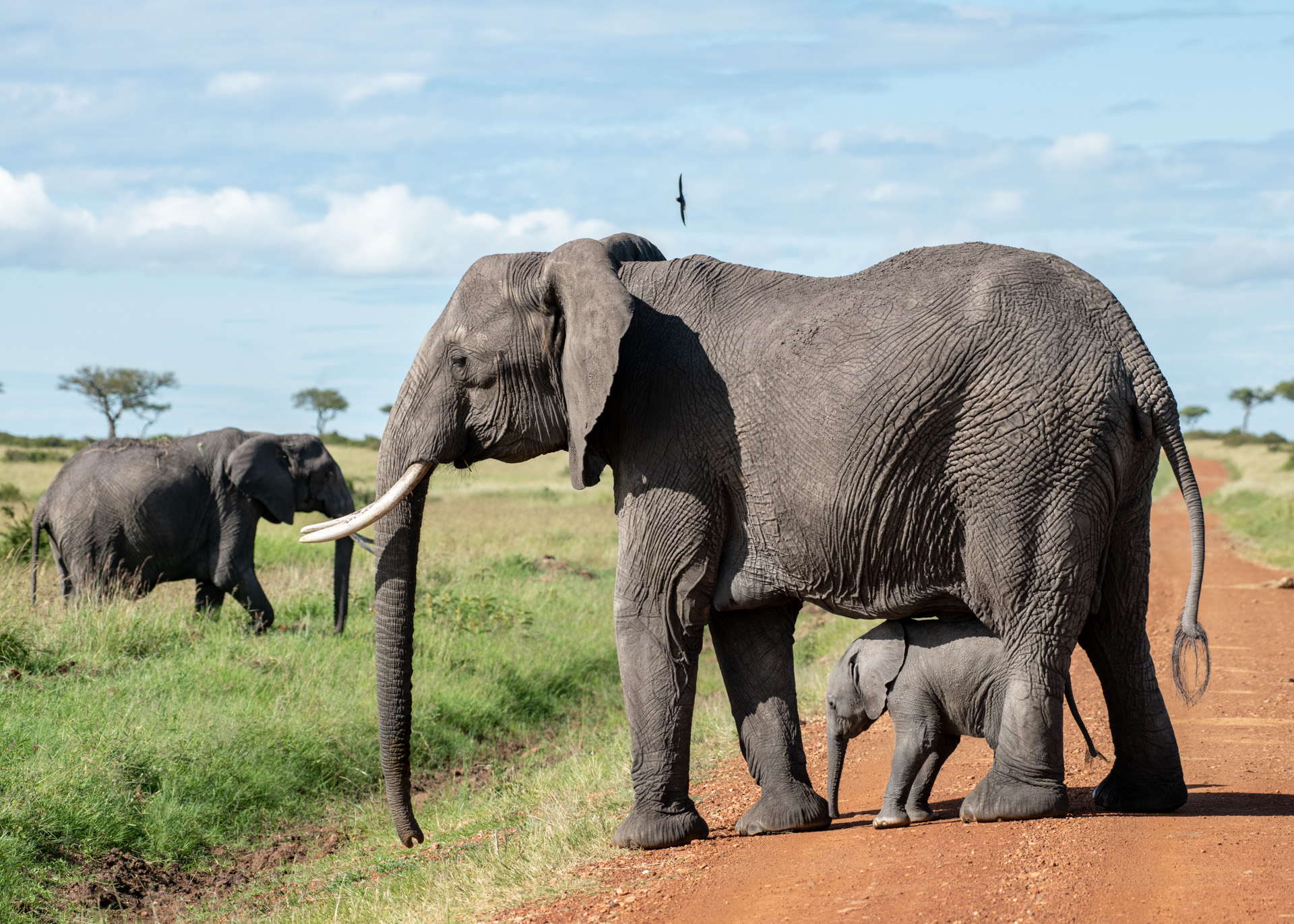
This week we have yet another visitor to the Triangle as the number of cheetah sightings continue to rise. This is Kisaru’s daughter. Kisaru is a famous cheetah from Mara North Conservancy across the Mara River. Her daughter is estimated to be about two-and-a-half years old and she just might be searching for a home for herself on this side of the river.

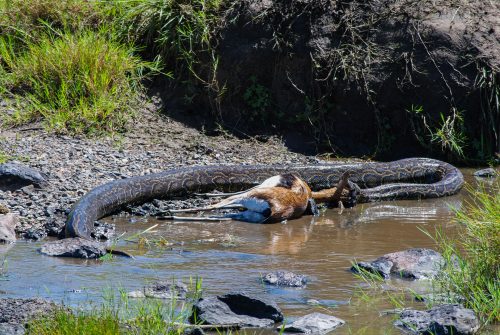
This time last year was not a good time to find yourself needing a drink at the small water crossing called Military Drift, as this poor Thomson’s gazelle found out.
Filed under: This Week at Angama
Subscribe for Weekly Stories
Comments (0):

The Angama Shamba